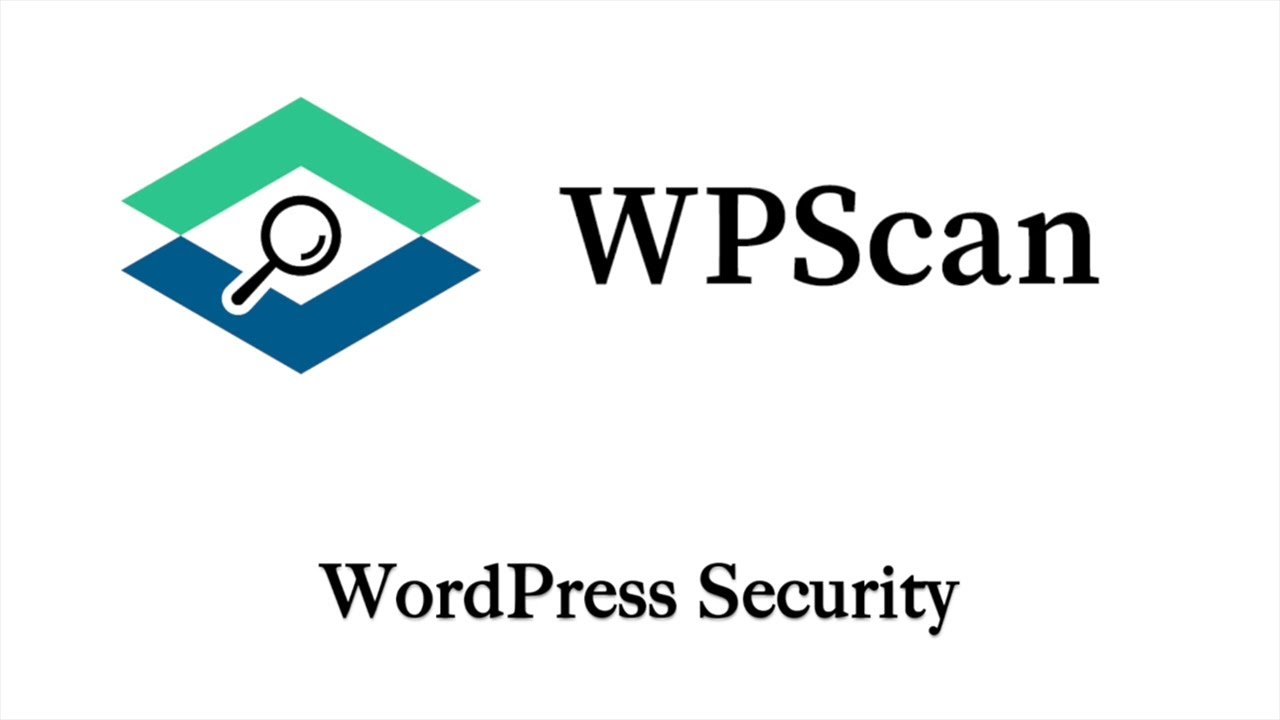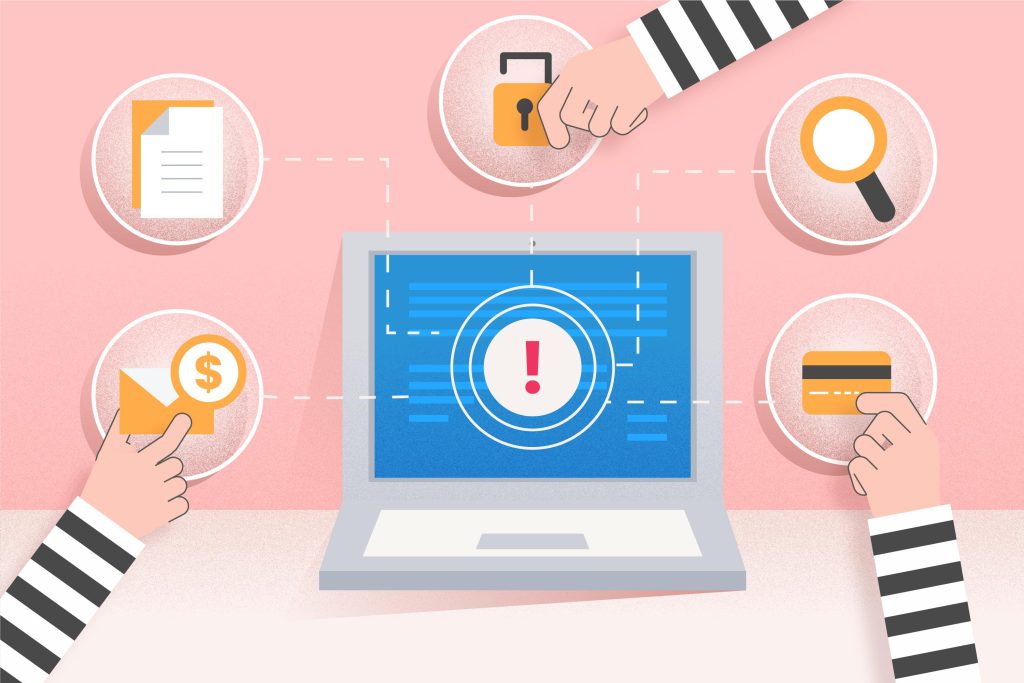WPScan stands as a pivotal tool in the arsenal of cybersecurity professionals and developers when it comes to ensuring the security and integrity of WordPress websites. In this article, we'll explore what WPScan is, how it works, and its significance in the realm of WordPress security testing and penetration testing.
What is WPScan?
WPScan is a free, open-source security scanner specifically designed for WordPress. It functions as a black box vulnerability scanner that identifies security vulnerabilities within WordPress installations. Developed in Ruby, WPScan is actively maintained and regularly updated to keep pace with emerging threats and vulnerabilities affecting WordPress websites globally.
How Does WPScan Work?
WPScan operates by performing various checks and tests against a target WordPress site, aiming to uncover potential security weaknesses. Here’s an overview of its primary functionalities:
- Vulnerability Enumeration: WPScan leverages a database of known vulnerabilities in WordPress core, themes, and plugins. It systematically scans the target site to identify any existing vulnerabilities that could be exploited by attackers.
- Username Enumeration: It attempts to discover valid WordPress usernames through techniques like user enumeration, which can be a precursor to brute-force attacks.
- Password Cracking: WPScan can perform brute-force attacks against WordPress login pages to attempt to guess weak passwords, further highlighting potential security vulnerabilities.
- Plugin and Theme Detection: It detects installed plugins and themes on the target site, providing insights into potential security risks associated with outdated or vulnerable software versions.
- Security Headers and Configurations: WPScan checks for security-related HTTP headers, such as Content Security Policy (CSP) and HTTP Strict Transport Security (HSTS), and evaluates other security configurations to assess the overall security posture of the site.
Significance of WPScan in WordPress Security
WPScan plays a crucial role in the proactive security measures for WordPress websites by:
- Identifying Vulnerabilities: By scanning for known vulnerabilities in WordPress core, plugins, and themes, WPScan helps administrators and developers prioritize patching and updating vulnerable components.
- Enhancing Risk Awareness: It provides a clear understanding of the potential security risks associated with specific plugins, themes, or configurations used on the website.
- Supporting Compliance Audits: WPScan aids in conducting security audits and compliance assessments against security standards and best practices.
- Empowering Secure Development: Developers can use WPScan during the development phase to identify and remediate security issues early in the lifecycle of a WordPress site.
Using WPScan Effectively
To maximize the effectiveness of WPScan in enhancing WordPress security, consider the following best practices:
- Regular Scans: Perform regular scans of WordPress sites to identify new vulnerabilities and assess the impact of recent updates or changes.
- Implement Recommendations: Act promptly on WPScan’s findings by applying recommended security patches, updating plugins and themes, and strengthening weak passwords.
- Integrate with Security Practices: Integrate WPScan into your overall security strategy alongside other tools and practices such as web application firewalls (WAFs) and security monitoring solutions.
- Stay Informed: Stay updated with WPScan’s releases and security advisories to stay ahead of emerging threats and vulnerabilities affecting WordPress.
Conclusion
WPScan stands as a valuable tool for WordPress security professionals and website administrators seeking to bolster the security posture of their WordPress sites. By leveraging WPScan’s capabilities to detect vulnerabilities, identify risks, and implement proactive security measures, organizations can mitigate potential security threats and safeguard their WordPress installations against malicious activities.
In conclusion, WPScan continues to be an indispensable asset in the ongoing effort to maintain the security, reliability, and trustworthiness of WordPress websites in an ever-evolving threat landscape.





